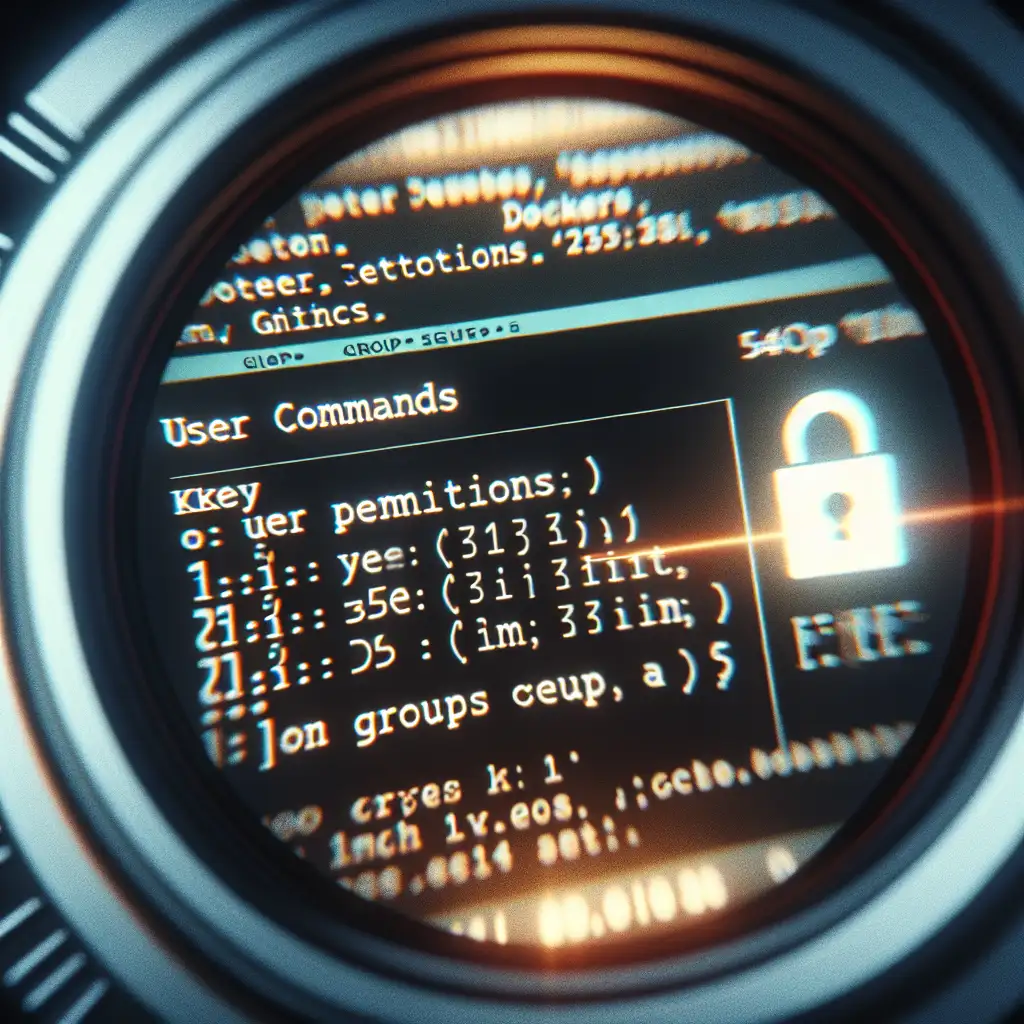How to Safely Add Your User to the Docker Group to Avoid Using Sudo for Docker Commands
Think running Docker with sudo is harmless? Think again. This guide overturns the common shortcut and shows a cleaner, safer alternative that every developer should adopt.
If you’ve been working with Docker on Linux, you’ve probably found yourself prefixing every docker command with sudo. For example:
sudo docker ps
sudo docker run hello-world
This method works, but it’s far from ideal. Using sudo all the time can create security headaches and disrupt your workflow. The better approach? Adding your user to the docker group so you can run Docker commands without sudo. Here’s how and why.
Why Avoid Using Sudo for Docker Commands?
Using sudo grants root privileges to every Docker command you run. While Docker already requires elevated privileges under the hood, constantly using sudo means:
- Security risk: You might accidentally run commands as root that affect system files beyond what Docker normally touches.
- Workflow disruption: Typing
sudoeach time is annoying and slows you down. - Permissions headaches: Files created by containers or bindings sometimes end up owned by root, leading to permission conflicts in your home directory.
Adding your user to the docker group is safer because it provides specific group-based permissions geared specifically for Docker operations — no more blanket root access every time.
Step-By-Step: How to Add Your User to the Docker Group
1. Check if the Docker group exists
Most Docker installations create a system group called docker. Verify it by running:
getent group docker
If you see a line like this:
docker:x:999:
the group exists.
If not, you can create it:
sudo groupadd docker
2. Add your user to the docker group
Replace <your-username> with your actual username or use $USER for your current shell user.
sudo usermod -aG docker $USER
Here,
usermod: modify a user account.-aG: append a user (a) to supplementary groups (G) without removing existing ones.$USER: current username environment variable.
3. Apply the new group membership
To apply this change, either log out and back in, or run:
newgrp docker
This loads the new group in your current session without requiring a full logout/login cycle.
4. Test running Docker commands without sudo
Now try running:
docker ps
You should see a list of running containers—or an empty list—even though you didn’t use sudo!
Try launching the hello-world container as a test:
docker run hello-world
If it runs successfully without any permission error or prompts for sudo, congrats — you’ve set it up correctly!
Troubleshooting Tips
- Permission denied on sock file
Sometimes, after adding yourself to docker group, commands still error out:
Got permission denied while trying to connect to the Docker daemon socket at unix:///var/run/docker.sock: ...
Make sure your user is actually part of the docker group:
groups $USER
You should see docker listed.
If not, re-run step 2 and make sure you log out/in or use newgrp docker.
- Docker daemon running
Ensure that Docker daemon is active and running:
sudo systemctl status docker
Start it if needed:
sudo systemctl start docker
Security Considerations
While adding users to the docker group removes the need for sudo, it's important to understand that members of this group have root-equivalent access via container capabilities since Docker can mount host filesystems or escalate privileges within containers. So only add trusted users.
If you're setting up a shared environment or enterprise system where security is paramount, consider limiting who can join this group or explore finer control via tools like SELinux/AppArmor profiles alongside RBAC solutions like Kubernetes.
Summary
Running Docker commands with sudo might be quick, but it introduces unnecessary risks and friction.
By adding yourself safely to the docker group:
- Say goodbye to typing
sudo - Keep permissions cleaner on generated files and volumes
- Streamline your development workflow without compromising security
Feel free to bookmark this guide next time you set up Docker! It’s an essential tweak every Linux-based developer should know.
Happy Dockering! 🐳🚀
Related posts you might enjoy:
- Understanding Docker permissions and security
- Top practical tips for optimizing your local Docker setup
- CI/CD workflows with Jenkins & Docker
If this helped you smoothen your workflow, share with friends or drop feedback below!
